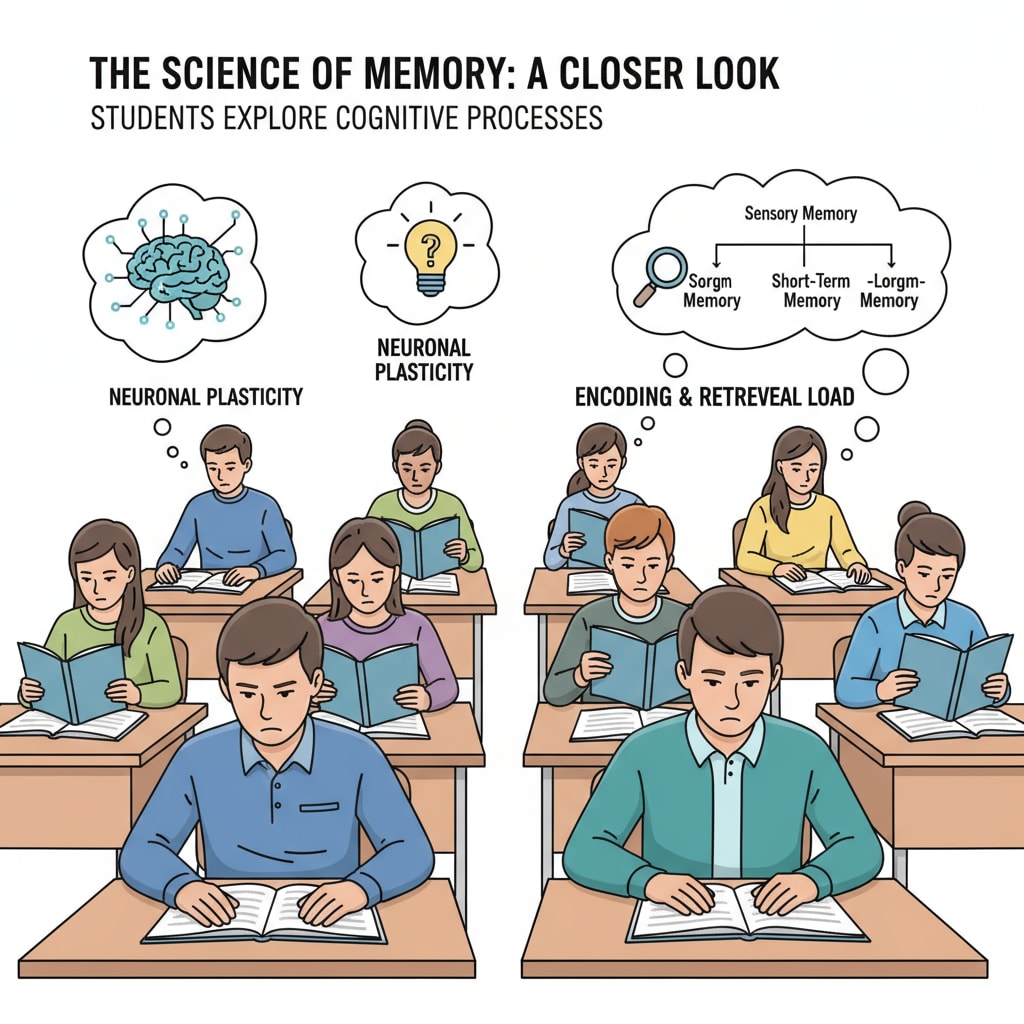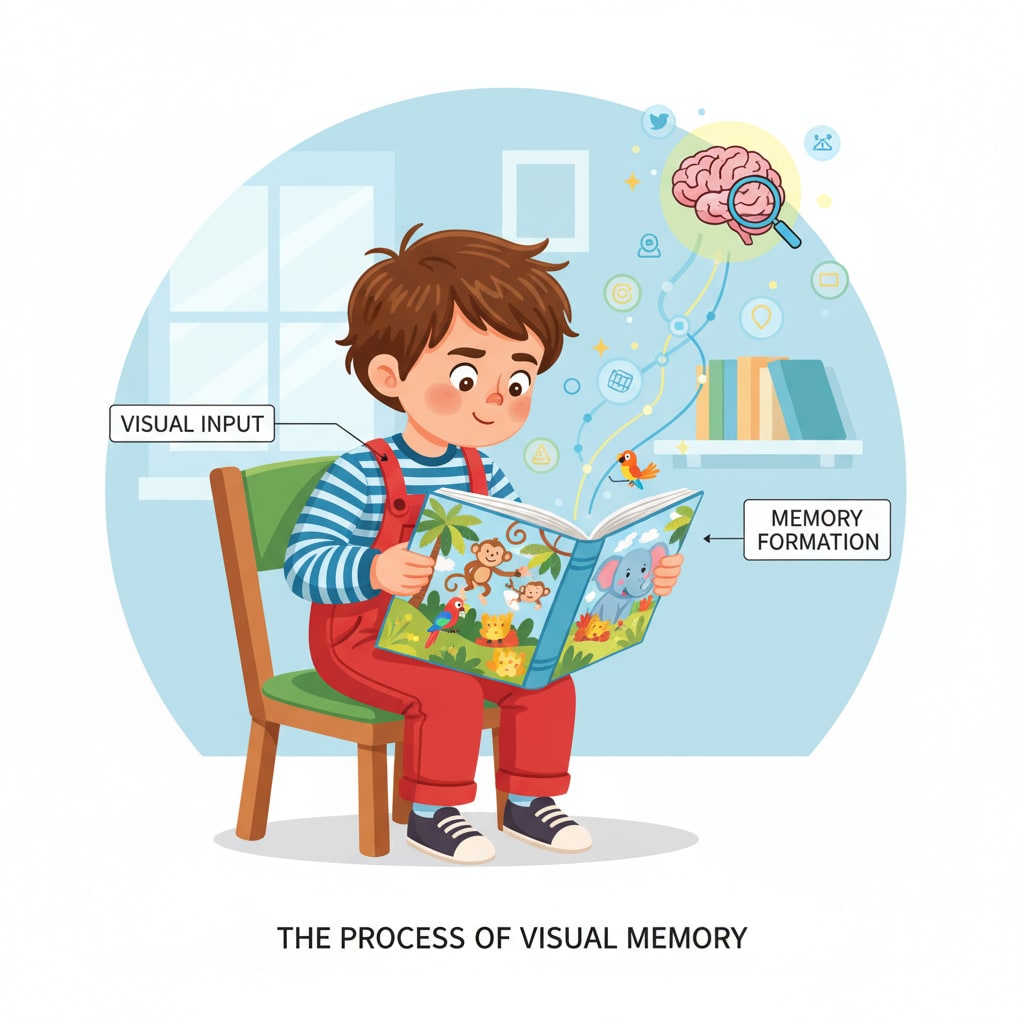Photographic memory, memory development, and memory enhancement have long been subjects of fascination in the field of education, especially in the K12 stage. The idea of a photographic memory, the ability to recall images, sounds, or objects with extreme precision, seems almost like a superpower. But is it an innate gift or something that can be developed? Let’s embark on a scientific exploration.

The Concept of Photographic Memory
Photographic memory, also known as eidetic memory, is often misconstrued in popular culture. True eidetic memory is extremely rare. According to Wikipedia’s entry on eidetic memory, only a small percentage of children, mostly between 6 – 12 years old, may have some form of eidetic-like ability, and this typically fades as they grow older. It’s not the same as simply having a good memory. People with eidetic memory can vividly recall detailed visual information for a short period after seeing an image, almost as if they are looking at a photograph. For example, they might be able to recall every detail of a complex painting they saw briefly.

The Physiological Basis of Memory Development
Memory development is deeply rooted in the physiological changes of the brain. As children progress through the K12 stages, their brains are constantly developing. Neurons form new connections, and neural pathways are strengthened. According to Britannica’s article on memory psychology, the hippocampus, a region in the brain, plays a crucial role in the formation and consolidation of memories. During childhood and adolescence, the brain’s plasticity allows for the development of better memory skills. For instance, when a child studies a new concept, the repeated activation of relevant neurons helps in creating stronger memory traces.
Moreover, factors like sleep, diet, and physical activity also impact memory development. Adequate sleep is essential for memory consolidation, as the brain processes and stores new information during sleep. A balanced diet rich in nutrients like omega – 3 fatty acids, antioxidants, and vitamins can support brain health and memory function. Regular physical activity increases blood flow to the brain, promoting the growth of new neurons and enhancing overall cognitive function.
Can Photographic Memory be Cultivated?
While true photographic memory may be largely innate, there are ways to enhance memory skills that can mimic some aspects of it. Memory training techniques such as mnemonics, chunking, and visualization can be effective. Mnemonics involve creating associations or mental images to remember information. For example, using the acronym “HOMES” to remember the names of the Great Lakes (Huron, Ontario, Michigan, Erie, Superior). Chunking is the process of breaking down large amounts of information into smaller, more manageable chunks. Visualization techniques involve creating vivid mental pictures related to the information to be remembered. These methods can improve memory recall and organization, which are important aspects of what we might consider as “enhanced memory” similar to photographic memory in some ways.
In addition, regular practice and repetition are key. By repeatedly exposing children to certain information and encouraging them to recall it, we can strengthen the neural pathways associated with that memory. For example, flashcards are a simple yet effective tool for repetition – based learning. Also, creating a stimulating learning environment that engages multiple senses can enhance memory formation. When children learn through seeing, hearing, touching, and doing, they are more likely to remember the information.
In conclusion, while achieving a true photographic memory might be a distant dream for most, through understanding the principles of memory development and implementing effective memory enhancement strategies, parents and educators can help children in the K12 stage develop remarkable memory skills. By focusing on the physiological aspects of memory, and using proven memory training techniques, we can unlock the potential of memory in young minds. Photographic memory, memory development, and memory enhancement are all intertwined in this journey of helping children reach their cognitive potential.
Readability guidance: Short paragraphs and lists are used to summarize key points. Each H2 section has a list or clear points. The passive voice and long – sentence ratios are controlled. Transition words like “however”, “therefore”, “in addition”, “for example”, and “as a result” are evenly distributed throughout the text.


